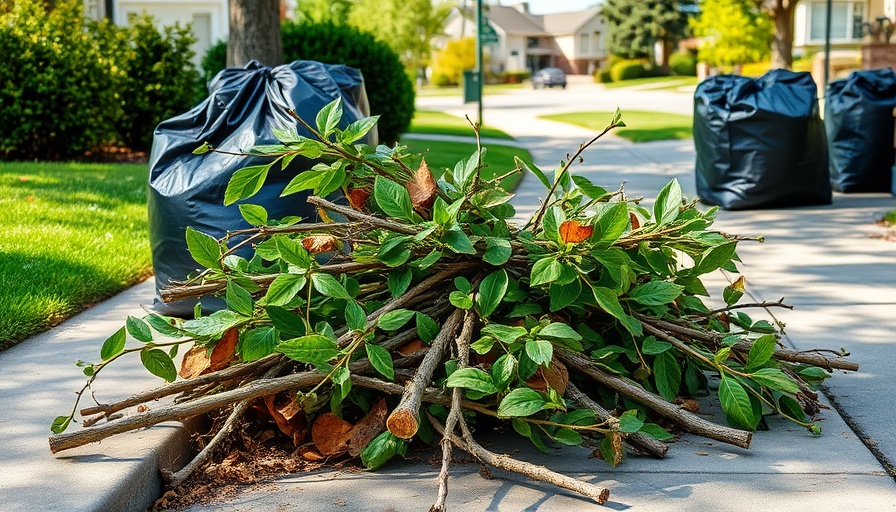
Spruce Bark Beetle Outbreak Threatens P.E.I. Tree Populations
This year, homeowners across Prince Edward Island are witnessing a concerning phenomenon: an alarming rise in dead spruce trees, primarily caused by the spruce bark beetle. The situation has escalated following the devastation left behind by post-tropical storm Fiona, which weakened many trees and rendered them vulnerable to infestation. Local removal companies are now inundated with calls from residents desperate to manage the consequences of this ecological crisis.
Beetle-Bitten: The Impact on Local Forestry and Homes
Tree removal experts like Kurt Laird, who runs Laird Tree Care, report that they are experiencing a threefold increase in removal requests compared to previous years. "We typically address spruce bark beetle issues throughout the year, but the current demand is unprecedented," Laird stated. Frequent reports of dying trees have left many property owners worried about the safety and aesthetics of their landscapes. Jeremy Arsenault of Branch Manager Tree Service corroborated this, sharing incidents where entire groups of afflicted trees, sometimes as many as 15, had to be taken down at once.
Understanding the Spruce Bark Beetle
The spruce bark beetle (Dendroctonus rufipennis) is notoriously destructive, able to kill a tree within just three to four weeks. The insect typically makes pen-sized holes in the bark, allowing it to burrow into the tree. This year, many trees that appeared healthy last fall have succumbed to the pest’s rapid invasion. As property managers and homeowners find themselves grappling with these sudden changes, understanding the threat is crucial.
The Broader Ecological Impact
Experts warn that this surge in spruce bark beetles has implications beyond aesthetics and property management. Trees play a key role in capturing carbon dioxide; thus, as more trees die, P.E.I.’s forests may start to emit more carbon than they absorb. Laird expressed hope that this year might mark the peak of infestation, suggesting a potential future focus on forest management to mitigate these risks. "While it’s beneficial for business, the loss of these trees is detrimental to our environment," he said.
What Homeowners Can Do
For homeowners, recognizing the signs of spruce bark beetle infestation is essential. Look for trees that are turning brown and examine the bark for tiny entry holes created by the beetles. If you suspect your trees may be affected, it's imperative to contact a professional removal service promptly to prevent further spread of the infestation. Early intervention can make a significant difference in controlling these pests and maintaining healthy landscapes.
Steps to Protect Your Trees from Infestation
To safeguard your trees from spruce bark beetles and other pests, consider these proactive steps:
- Maintain Tree Health: Regularly inspect trees and manage their health through proper watering and pruning.
- Remove Infestations Quickly: At the first signs of infestation, consult with tree care professionals to determine the best course of action.
- Educate Yourself: Stay informed about tree health issues specific to your area and methods for prevention.
In conclusion, the rise of the spruce bark beetle in P.E.I. highlights an urgent need for awareness and action among homeowners and property managers alike. By understanding this threat and responding quickly, we can help protect our tree populations and preserve our natural landscapes.
If you’re facing issues with spruce bark beetles or want to ensure the health of your trees, call the local pros in lawn care and all-season maintenance now. Everett Lucas is available at 231-450-3414.
 Add Row
Add Row 
 Add
Add 


Write A Comment